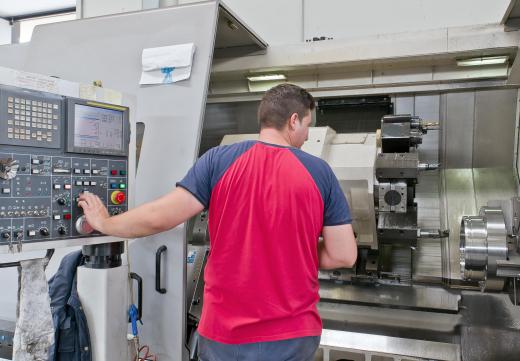Incremental sheet forming is a three-dimensional (3D) sheet metal forming process capable of producing a wide range of distributable or prototype articles with excellent flexibility and low-cost values. Unlike other processes, incremental sheet forming does not employ a die set to physically punch the part from a sheet of metal. In this process, a three-dimensional, computer numerical control (CNC) milling machine moves a shaped tool bit around the sheet, gradually impressing an image into the sheet in set increments. The machine's movements are controlled by a computer using a 3D computer-aided design (CAD) model of the part as a reference. The fact that the process does not employ expensive tooling techniques to produce dies makes this one of the more cost-effective methods of sheet metal forming.
Sheet metal forming is a common method of producing a vast array of positive finished products or negative molds used in the casting of finished items. These techniques are used to produce both distributable commercial products and as an additive prototyping method. Most conventional sheet metal forming is achieved using a set of dies consisting of positive and negative halves placed in a press. The sheet metal is placed between the dies, which are then pressed together forming the part. Although effective and accurate, this method requires a considerable initial financial outlay for the tooling of the dies and requires high production run quantities to justify the costs. Incremental sheet forming is a relatively young technology that produces comparable results at a fraction of the cost.

The incremental sheet forming process employs a 3D CNC machining station controlled by a CAD model of the desired part. Similar to a conventional milling machine, this machine features a chuck fitted with a custom-shaped forming tool bit. The machine advances the tool bit across the surface of the sheet, tracing the shape of the part as it goes. On each pass, the tool bit descends in gradual, set increments, slowly pressing the desired shape into the sheet. The machine can be programmed to increase or decrease the number of increments and the distance between each pass, creating either a rough, stepped part, or one with a smooth surface.

The nature of incremental sheet forming is inherently cheap and precise, due to the accuracy involved and the lack of expensive die production. Using this process, stock parts can be quickly manufactured from standard sheet sizes as the need arises without having to embark on large production runs. This has a significant positive costing implication for businesses requiring low-volume, on-demand production or for those looking to produce sheet metal prototype parts.
